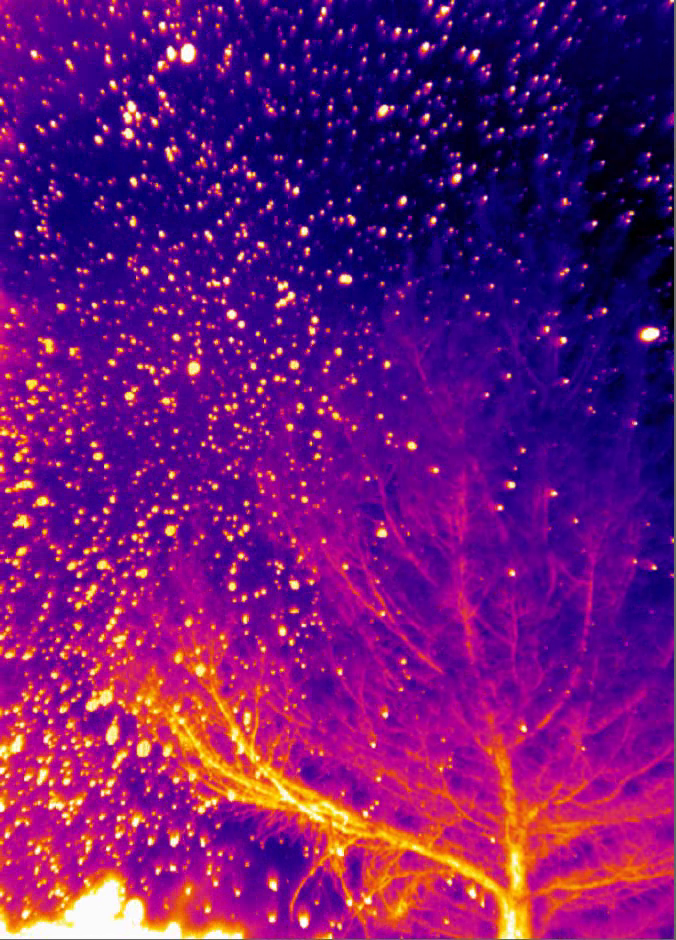
By Majeed Badizadegan
Oregon and neighboring states have been devastated by unprecedented wildfires this summer.

High temperatures, strong winds, dry conditions, and low humidity have combined to create the massive blazes, says David L. Blunck, associate professor of mechanical engineering in the College of Engineering at Oregon State University.
Blunck studies wildfires and the hazards they pose to people and property in the wildland-urban interface. A longtime Oregon resident, Blunck says he could not recall a time when fires posed a more immediate threat to so many in the state.
“This fire event is unusual in the scope, number, size, and communities affected,” he said.
Blunck’s research focuses on how wildfires spread through spot fires, which form when firebrands — pieces of burning material such as wood, needles, cones, or bark — break off from structures or trees and are carried in the air. Specifically, he studies the generation of firebrands and what controls ignition once they land. Thin fuels, such as needles on trees, can ignite quickly, Blunck explains.
“Even seemingly small shifts in humidity can greatly impact how easily smaller fuels ignite,” he said.
In extreme fire events, firebrands can be carried by winds on the order of 10 miles. During the 2017 Eagle Creek Fire, a firebrand jumped the Columbia River from Oregon to start a new blaze on the Washington side, about 4 miles away. Firebrands pose a serious threat to homes. They can jump containment lines and start new fires by landing on roofs or decks, or by entering houses through ducts and windows.

In partnership with the College of Forestry, Blunck has set up experiments burning trees up to 20 feet tall. His team collects, counts, and measures the characteristics of firebrands that land on the ground. Their aim is to learn how different tree types burn and emit firebrands. To date, there is little research the size and scope of Blunck’s work. He hopes his research helps push forward the field and increase understanding of how wildfires propagate with different fuel sources.
Blunck is working with collaborators to share results and to improve the fidelity of computational models in order to more accurately predict firebrand behavior. This ultimately could help in prioritization of fire response.
“Fires are part of the ecosystem, and part of Mother Nature. It’s part of the natural cycle,” Blunck said. “We are going to have fires, and they are going to get worse. Changes in the climate, increased fuel within forests, and humans living closer to the wilderness make it a perfect storm for fires.”
The majority of fires are put out quickly. However, this creates a vulnerability to wildland-urban interfaces as the forest floor accumulates more and more fuel. Blunck hopes to see more prescribed burns to reduce the buildup of fuel and updated building codes to make structures more fire-resistant.
“People don’t like the smoke from prescribed burns. No one likes smoke,” Blunck said. “You can have your smoke in the spring when you know it will go away. Or you can have it in the summer when it’s much more dangerous and there are no guarantees.”
Living in Oregon means living next to large swaths of wilderness. This proximity offers benefits that many residents enjoy, but it also brings risks. ”We need to mitigate the risk to homes and structures. Firefighters will not be able to contain every fire,” Blunck said. “Oregon residents must be more in tune with the risk of wildfire. We must acknowledge it and face it head-on.”
